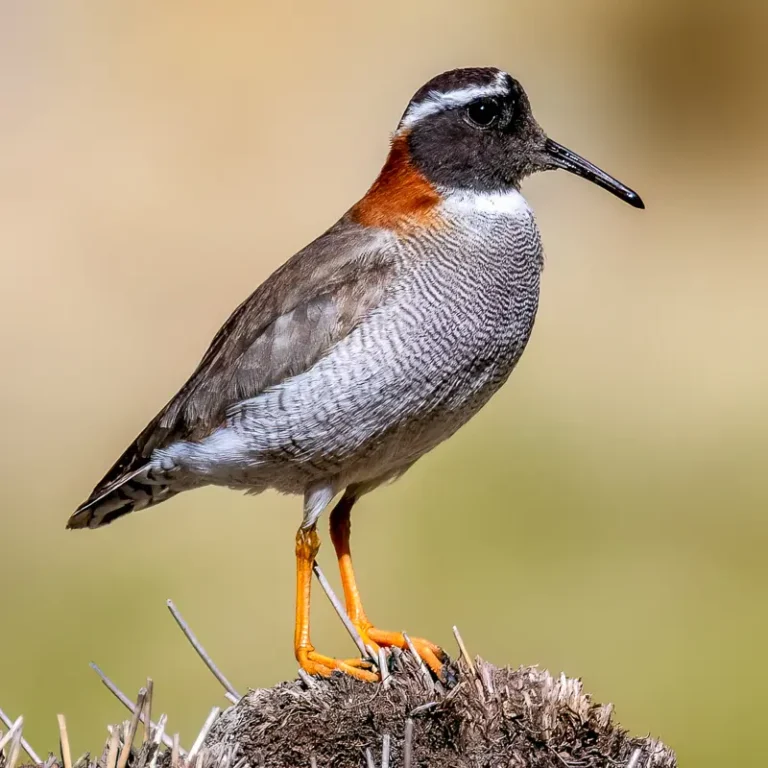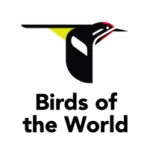Context and objectives
The Hooded Dotterel is one of the most unique birds of the Andes. Although it belongs to the plover family, its beak is more reminiscent of that of sandpipers, and its colorful plumage distinguishes it from other Neotropical members of its group. But what really makes it unique is its way of life: it feeds, breeds, and spends its life in a very particular habitat —the high-Andean peat bogs and meadows covered with cushion plants such as Distichia. This complex and fragile environment makes it a true specialist species. Despite its rarity and charisma, we know very little about its real situation. It is estimated that there are less than 10,000 individuals left, but these numbers are only an approximation; there is no precise data on its abundance or its population trend, neither in Argentina nor in other Andean countries.
Meanwhile, its home —the high-altitude wetlands— is rapidly disappearing due to the advance of climate change and the intensive use of resources, such as grazing, desiccation, and other human pressures. If action is not taken soon, more than 75% of its habitat could disappear before the end of the century. The objective of our work is to reverse this trend. We want to build a solid base of information that allows us to define concrete conservation actions: identify the key areas, understand how they use the environment, with whom we can work in each region, and what management measures can have a real positive impact. We also seek to begin to fill the enormous gaps that exist about its ecology: how it reproduces, how it feeds, when it changes plumage, how it moves in the landscape. This work is urgent. And, above all, it is a unique opportunity to protect a symbol of the high-Andean wetlands and conserve an ecosystem on which not only birds depend, but also human communities that have inhabited these lands for generations.
Our actions
- Population monitoring in the south of its distribution area to find out which high-altitude wetlands the dotterel uses. Generate an updated map of its distribution, but also know the real population status, including important demographic parameters, such as reproductive success and effective recruitment of its populations.
- To know and estimate the effect of the dotterel's threats in the short, medium, and long term.
- Generate management actions, mainly reducing predation and trampling of nests by protecting nests.
Protagonists
Habitat and behavior
The Hooded Dotterel inhabits high-altitude meadows or bogs in the high Andes, from north-central South America to central Argentina and Chile. The wetlands it uses are very particular, with characteristic vegetation, elevation, and humidity conditions.
Feeding
It feeds on invertebrates found in the wet vegetation and muddy coasts in the meadows.
Reproduction
Apparently it lays only two eggs in nests very camouflaged on the ground.
Curiosity
Its movements are unknown, since many of the environments where it lives are covered with snow, but we do not know where these individuals go during those periods.
Threats
Climate change is affecting high-altitude wetlands. Also, overgrazing of the meadows, associated with the trampling of nests, would be affecting their populations.







